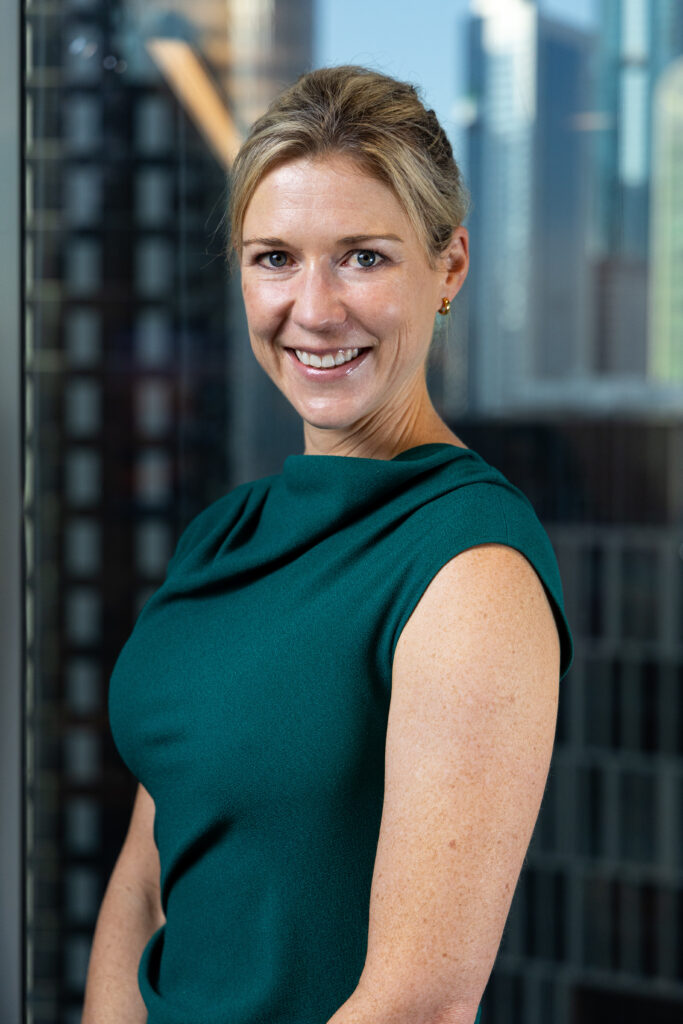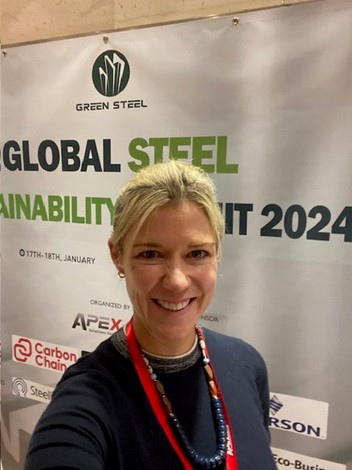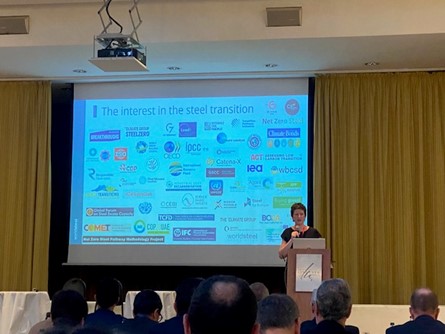Whyalla featured on hit documentary series Australian Story
In September 2018, the ABC’s hit documentary series Australian Story tracked ...

In her first column of 2024, Marian D’Auria – GFG’s Head of Risk and Sustainability, shares her thoughts the most pressing matters affecting our planet, how they impact our lives, ESG updates across the company and how we can act more sustainably for people and planet.

A very happy new year to all and best wishes for a healthy and successful 2024.
In my last column, I promised to report back in January with reflections on COP28: It’s easy to get caught up in the detail of what has been agreed in the Blue Zone, and indeed that historic text on the global stocktake warrants both celebration and caution around loopholes, timescales and financing.
But, having had some time to reflect, my take on this COP28 conference is that the impetus for net zero by 2050 has now become mainstream. Yes, we need policy-makers at the table but this will be driven by business activity and economic drivers as much as COP agreements.
This COP28 brought together more people than ever before – from school children attending the Green Zone in droves, to CEO’s of major corporations on stage discussing their transition plans, the language of the transition has embedded itself across our communities, industry and finance.
I was heartened to see the focus on transitioning hard-to-abate sectors, emerging economies, the potential for AI to help (alongside a recognition of the need to manage the impact of the vast quantities of energy it consumes), and concrete examples of government and finance collaboration to deliver and quickly scale transition technology.
Whilst we undoubtedly have a way to go before we can be optimistic about limiting warming to within the targets of the Paris Agreement, the variety, quality and seniority of people I met who are now working full time on making this happen, is leaps and bounds from where we were even two years ago. These sentiments were largely echoed by others who were also asked to comment in this Wall Street Journal wrap up.
Back to the ‘day job’: EU submissions for the Carbon Border Adjustment Mechanism are due this month and I know our European teams are working hard on this. The potential impact (and unintended consequences) of CBAM are discussed in this FT article (access with subscription). The article notes the potential trade disruptions, and risk of a two-tier market system emerging, with ‘cleaner’ products heading to stricter regions and others to less stringent markets.
And finally, the European Banking Authority has release proposed requirements for banks to manage ESG and climate transition risks, further underlining the focus on ESG factors in lending decisions.
ESG Wins of the Month
LPMA Heritage Awareness Training LIBERTY Primary Metals Australia (LPMA) has proudly unveiled a unique piece of artwork that will stand tall as a commitment to reconciliation and another positive development in its Heritage Awareness Training.


Following a successful roll out with the Women’s Network Committee, #IAmRemarkable: Say it Loud, Say it Proud! – SPOKE (gfgalliance.com), we are planning a session open to all in the GFG family to take place in March. Sign up to the DEI Yammer group for more updates and an invitation to this event.

Out & About
I headed over to Hamburg recently to speak about our Sustainability strategy at the Global Steel Sustainability Summit.


Key themes from the other presenters included:

What We’re Reading
I wouldn’t normally suggest an article that does not contain a single picture, infographic or catchy header but, despite its dry layout, this is a really worthwhile read. It goes to the heart of what ESG should be and suggests a focus on rational sustainability based on evidence and accepting the idea of trade-offs and diminishing returns whilst looking to create long-term value.

Leave A Reply